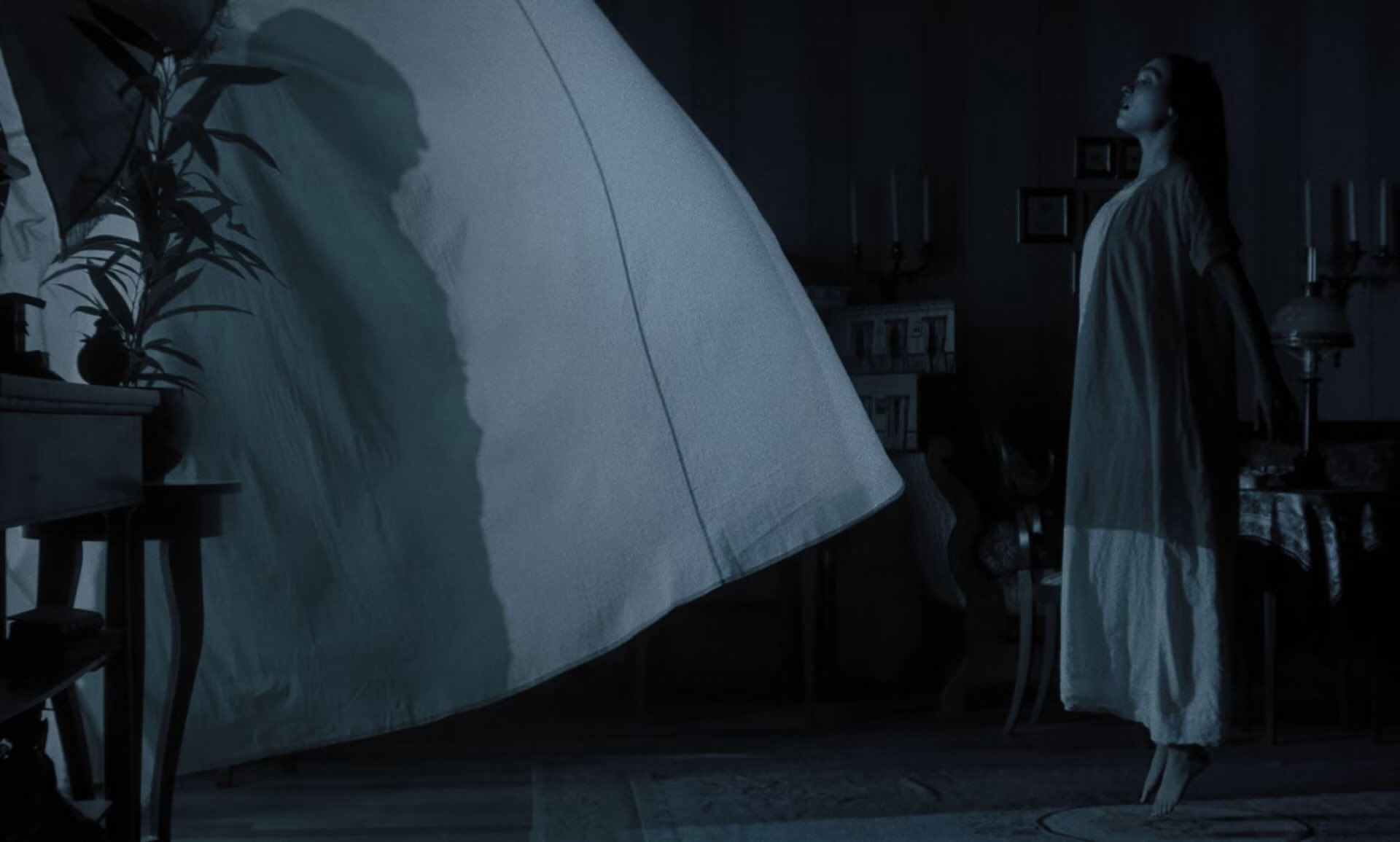
“Every frame is meticulously crafted and contribute to this overbearing atmosphere and sense of foreboding dread, that is present from the very first frame until the final one.”
The dawn of a new year is upon us and with it comes the fourth film from director Robert Eggers. His iteration of Nosferatu has been in varying stages of development for almost ten years. It was originally planned to be his second feature after The Witch, and at that time Anya Taylor Joy was his favoured choice portray the lead role of Ellen. Nosferatu now comes to us after The Lighthouse and The Northman which have increased Robert’s cachet as one of the best directors of his era.
Nosferatu has staked an important place in the history of film with the original 1922 silent film producing some of the most recognisable frames in all of cinema. In 1979 audiences were introduced to Werner Herzog’s remake, Nosferatu the Vampyre. Now Robert Eggers has brought his vision of this story to life, something he has wanted to do since the age of nine when he first saw the original.
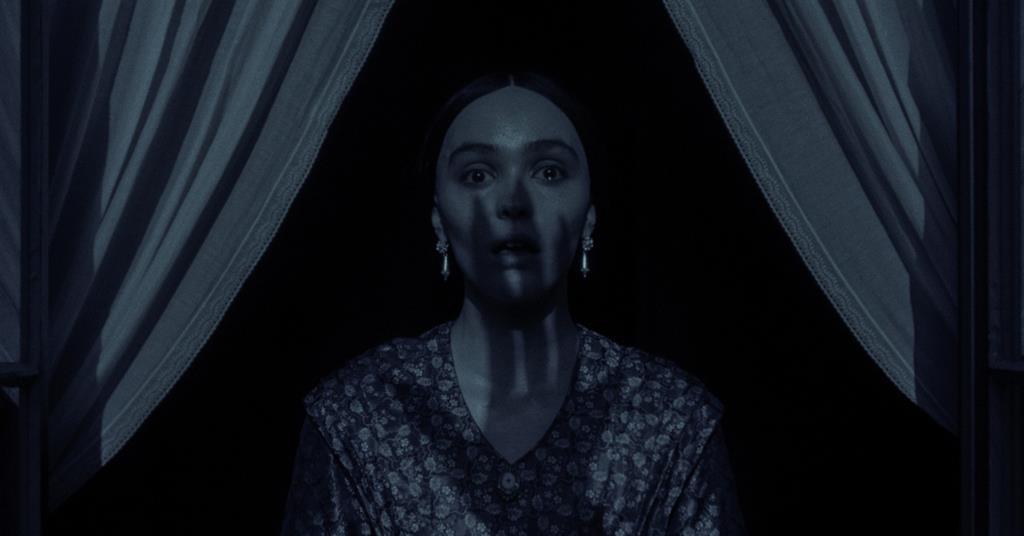
This story is set in the 1830’s and follows Thomas (Nicholas Hoult), an estate agent who is tasked with travelling a great distance to meet with Count Orlok, who is looking to purchase a property in his town. In Thomas’ absence his wife Ellen (Lily Rose Deep) is plagued with horrific visions and foreboding dread, which is linked to Count Orlok’s growing presence.
Nosferatu felt like a hypnotic fever dream. Robert Eggers’ lifelong passion project has now become his magnum opus. He has such an astounding grip on his vision and brings it to the screen with the flair of an auteur filmmaker. The manner in which Eggers handles Count Orlok is perfect. The marketing obscured his full appearance and the film itself builds to that reveal stunningly. In his first few scenes you only see parts of him whilst he’s mostly hidden by the darkness. Other smart techniques are employed to maintain his mystique such as keeping him out of focus within the frame. It’s extremely effective and it makes the pay off on his full reveal even more shocking.
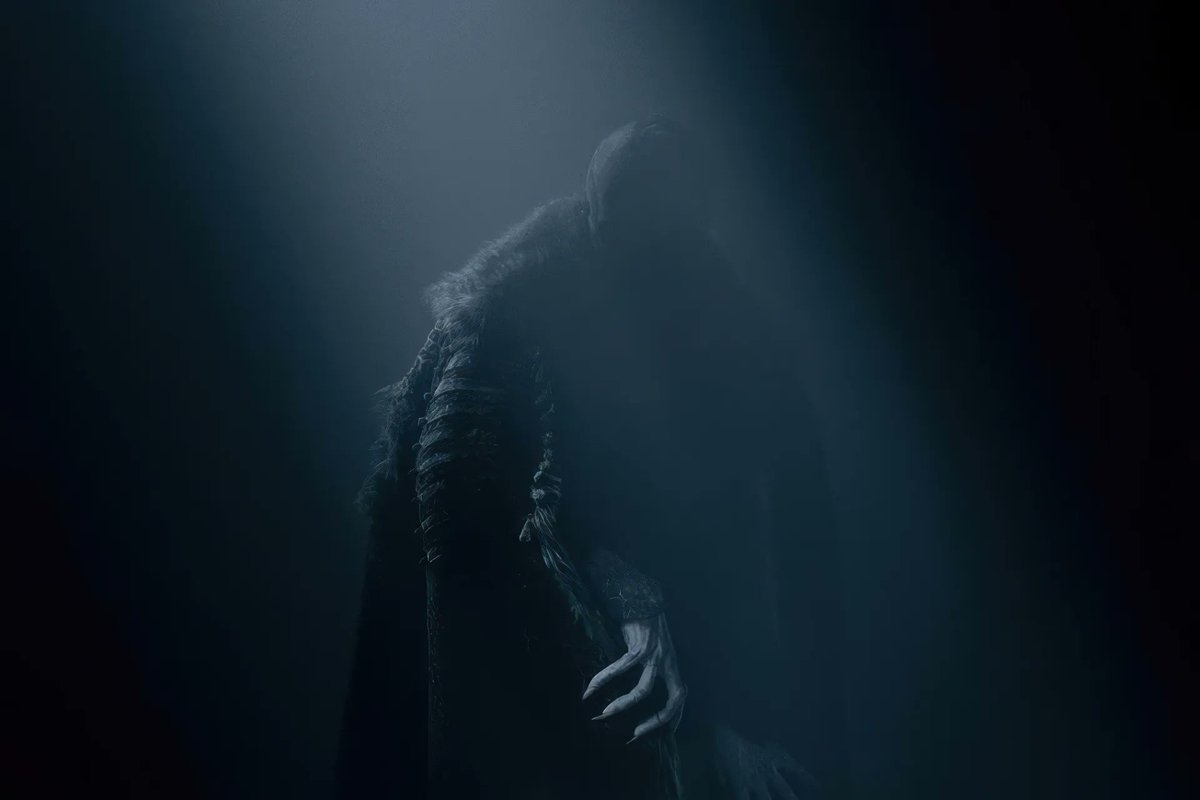
I already considered Bill Skarsgård to be a horror icon after his portrayal of Pennywise but what he has done here will become equally as iconic. Now his status as an iconic character actor within horror is not up for debate. His transformation into Count Orlok is fascinating to behold. Bill is a Chameleon. His Orlok is not what I expected in the best way and I can’t imagine anyone else portraying this version of the character as well as he did. His appearance is strikingly different to what has come before. Praise must be given to those who designed the character to appear in the image of how a Transylvanian Nobleman would look in that time period. The hair and make up artists who brought this iteration of Count Orlok to life and the costume designer who completed the look did an excellent job. Bill inhabits the character and brings a sense of vulnerability to Orlok which humanises him to some extent. It’s a tight rope act that doesn’t interfere with his presence and threat, but I almost felt pity for him by the end. Bill’s voice for this role was unorthodox but it perfectly suited Orlok. It’s intimidating and demands your attention. He worked with an opera coach to learn how to lower his voice an octave and results are incredible. You’d initially think that his voice has been heavily modulated to achieve the tone he reaches, but it wasn’t.
Lily Rose Deep is sensational in what is a very physical role which requires a plethora of energy. A lot of the initial horror hinges on her performance and she sells it with a mixture of passion, terror and uncontrollable movement as she contorts her body. Robert has made Ellen the most compelling female lead in a Nosferatu film by centring this story around her. She is the cog that gets all the wheels turning.
There is no weak link in the supporting cast, each character felt relevant for the story that was being told and each performance added something of value to the film. Willem Dafoe continues to be one of the best character actors of his time. This is some of the best work I’ve seen from Aaron Taylor-Johnson. His performance alongside Emma Corrin who portrays his wife helped ground the story emotionally. Their characters are close friends with Ellen and Thomas so once chaos ensues with both of them, a compelling perspective is born out of witnessing how that impacts their friends who are trying to protect them. They could’ve easily felt like side characters but it’s a credit to the script and their acting that they left a bigger impression upon me. Ralph Ineson and Simon McBurney round out the terrific cast.

The entire film is astonishingly beautiful. It was shot by DP Jarin Blaschke who has collaborated with Robert Eggers on all of his films. Every frame is meticulously crafted and contribute to this overbearing atmosphere and sense of foreboding dread, that is present from the very first frame until the final one. The cinematography is beyond stellar. It evokes the feeling of the type of films that don’t even get made nowadays. The monochrome blues and blacks craft a distinct visual palette for the night sequences, which play into the dreaded darkness that is spoken about many times in the film itself. The shot selection, framing and blocking make you feel as if you are in these scenes yourself witnessing it with your own eyes. The imagery is often so striking and elegant that many of the frames look like exquisite paintings.
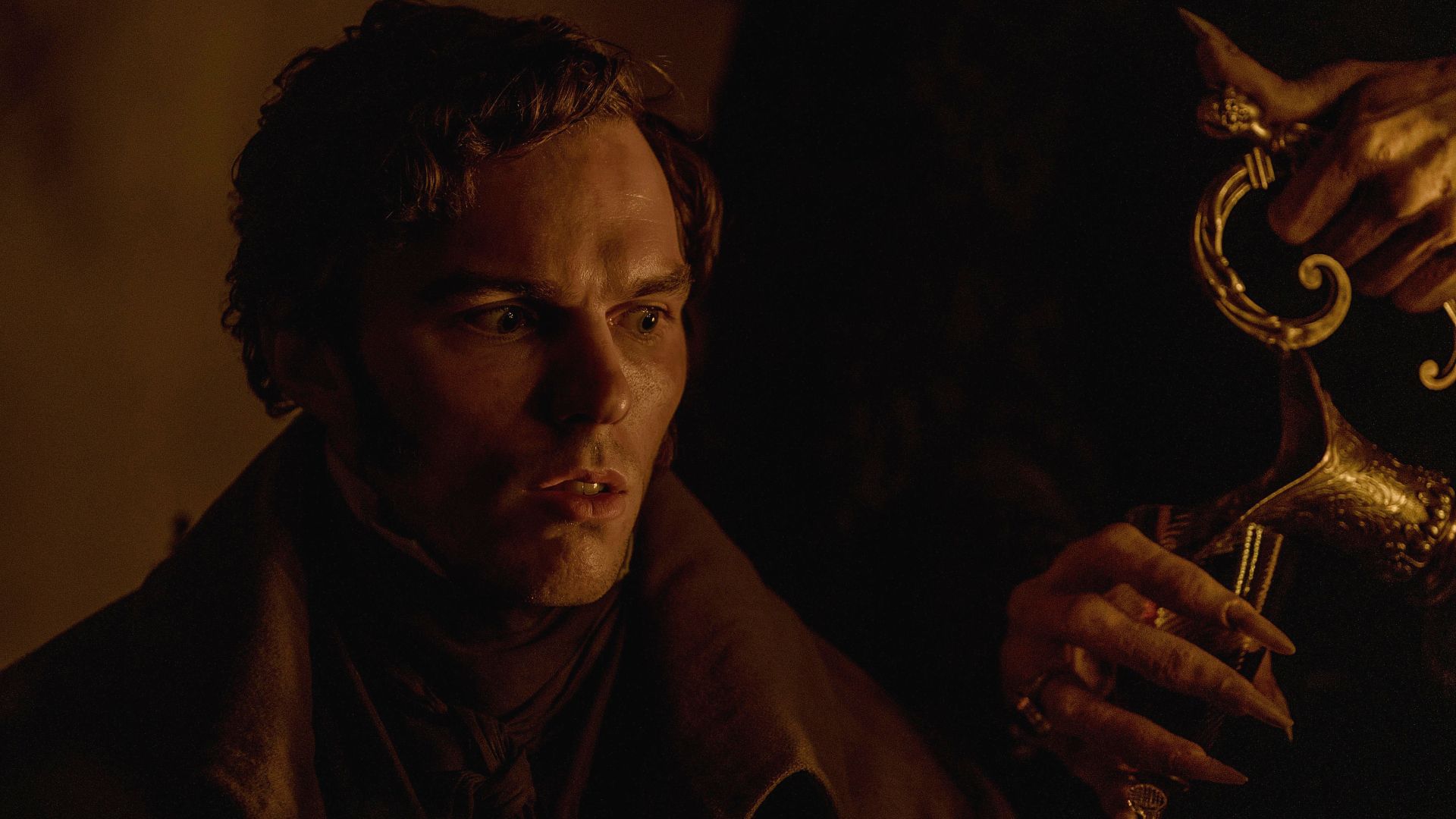
Nosferatu is a visceral horror film that is so alluring, I felt as if I was in a trance like state throughout it, especially during its most intense sequences. Possession films tend to be on the weaker side of what the genre has to offer in my opinion, but this may be the greatest film of that ilk since The Exorcist and Possesion. This came as a big surprise because I didn’t expect possession to be a component of this film, as it’s a new aspect to this iteration that wasn’t present in the previous versions of this story. It suits the story Robert is telling with Ellen and his execution of those moments made it feel like a film that was made in the era of The Exorcist. There is a handful of sequences that are seared into my brain and rank among the greatest in horror history. All of this was heightened by watching Nosferatu in IMAX.
The script is excellent and really gives both the story and the characters the necessary depth to settle you within its 1800’s period setting, and fully engage you within the narrative and the character arcs. I’ve been longing for the perception of vampires in art and pop culture to be restored because Twilight caused serious damage. Evil intent, lust and sex have long been an intrinsic quality of classic vampiric tales dating back to the 1800’s. Nosferatu captures that element in a unique way.
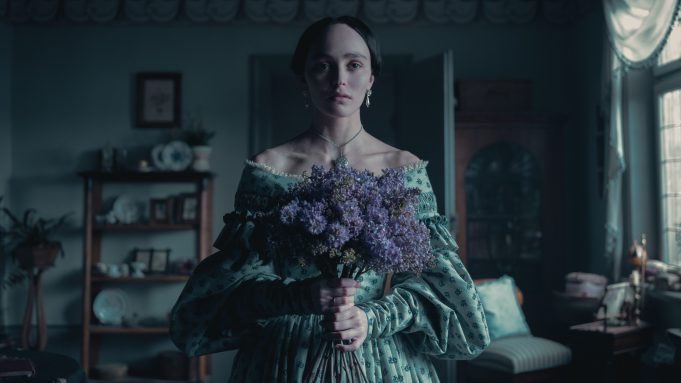
The score and sound design combine to amplify the overbearing weight of the circumstances and they both elevate the suspense, whilst also helping to make you feel hypnotised by the combination of that and the incredible imagery. There’s an intricate attention to detail within the costume designs that is worthy of much praise. The hair and make up artists deserve praise in equal amounts as well. The wonderful sets transport you to the 1830’s and it’s the synergy between all the production design departments that make this aspect shine as great as it does.
Robert Eggers’ Nosferatu is a master stroke of gothic horror that finds fresh ways both visually and thematically, to reinvigorate a story that was first told on film over one hundred years ago.
★ ★ ★ ★ ★
This review was written by Terrelle Graham.